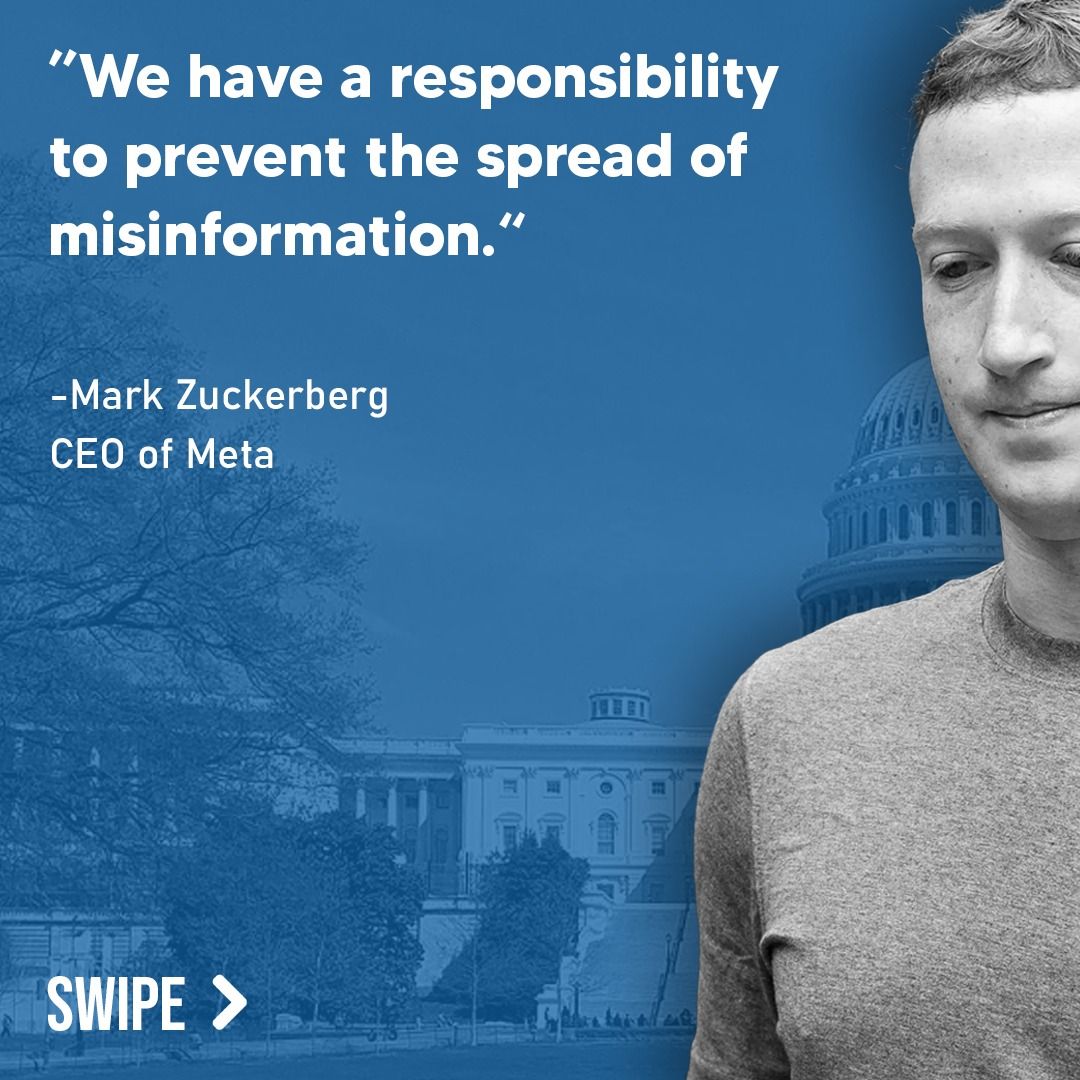Is Recent U.S. Job Growth Sustainable or Just a Temporary Rise?
The latest job report indicates 151,000 new jobs were added, but concerns are rising about the sustainability of this growth and the broader economic outlook. The article attributes fluctuations in hiring to policy shifts under the Trump administration while highlighting potential risk factors such as tariffs, workforce cuts, and slowing private sector hiring. But does the data support these claims?
Understanding the Economic Context
The U.S. labor market has been resilient since the post-pandemic recovery, with hiring slowing down compared to the record-breaking years of 2021 and 2022. Inflation peaked in mid-2022, prompting the Federal Reserve to implement aggressive interest rate hikes across 2022 and 2023. While inflation has eased, job market uncertainty persists due to fluctuating consumer demand, shifting economic policies, and potential corporate cost-cutting measures.

Fact-Checking Key Claims
Claim #1: “Trump’s federal layoffs won’t significantly impact the job market until the March report.”
There is no direct evidence confirming that federal layoffs under the Trump administration will begin impacting the job market only in March. While government job cuts can have economic consequences, their influence on broader employment trends is often gradual and varies by sector. Furthermore, most layoffs in February occurred in industries such as hospitality rather than federal employment. Assessment: Needs more context.
Claim #2: “Restaurants and bars cut nearly 28,000 jobs last month on top of almost 30,000 in January.”
Official reports from the Bureau of Labor Statistics (BLS) confirm that the leisure and hospitality sector has experienced losses, though the impact varies across regions. Seasonal factors and shifts in consumer habits also contribute to volatility in food service employment. While broadly accurate, this claim does not explore whether external factors—such as wage increases or automation—are also affecting job losses. Assessment: Partially true.

Claim #3: “Federal spending cuts are leading to more layoffs, particularly in high-tech and biotech sectors.”
There is some evidence that reductions in federal grants and contracts have influenced hiring in research-heavy industries such as biotech. However, not all layoffs in these fields can be solely attributed to government cuts. Broader economic pressures, shifting investor focus, and cost-cutting measures from companies also play a role. Some layoffs are part of structural adjustments rather than a direct response to federal decisions. Assessment: Somewhat misleading.
Final Verdict
The article provides a mostly accurate summary of current job market conditions but lacks critical context in some areas. While hiring has remained steady, signs of a slowdown exist, and several external factors—ranging from Federal Reserve policies to corporate decision-making—are influencing employment patterns. The link between federal workforce reductions and private-sector job declines requires more evidence, as does the assumption that all job losses stem from government policy rather than broader economic trends.

Stay Informed and Verify News with DBUNK
Factual accuracy is critical in assessing economic trends. Download the DBUNK app today to get real-time fact checks on major news stories.
Read the original article here.

